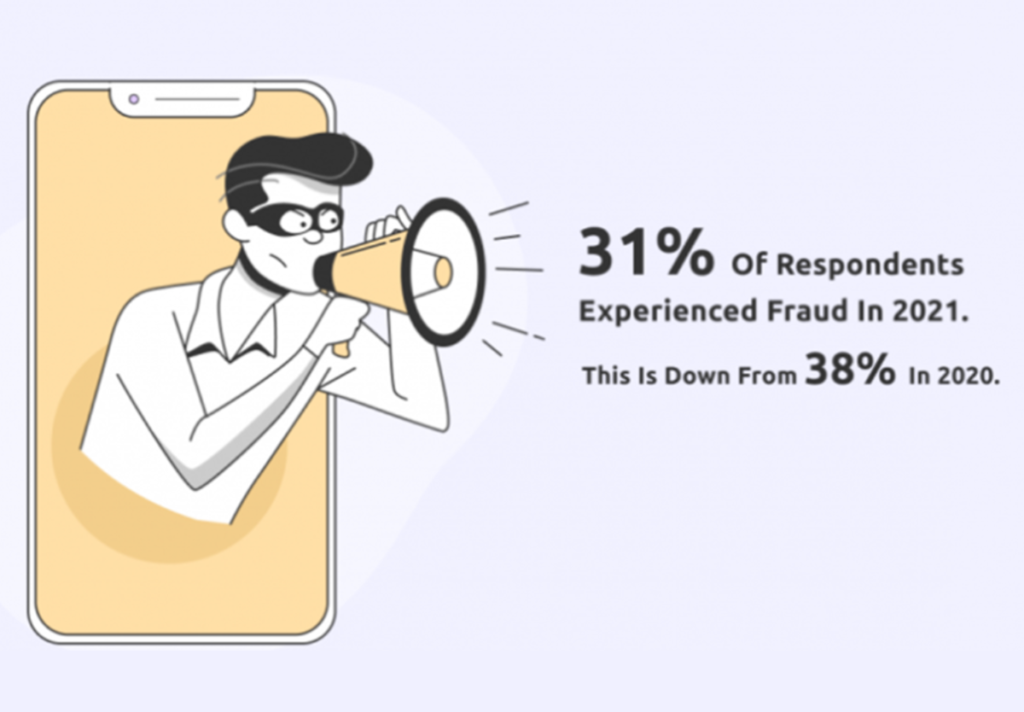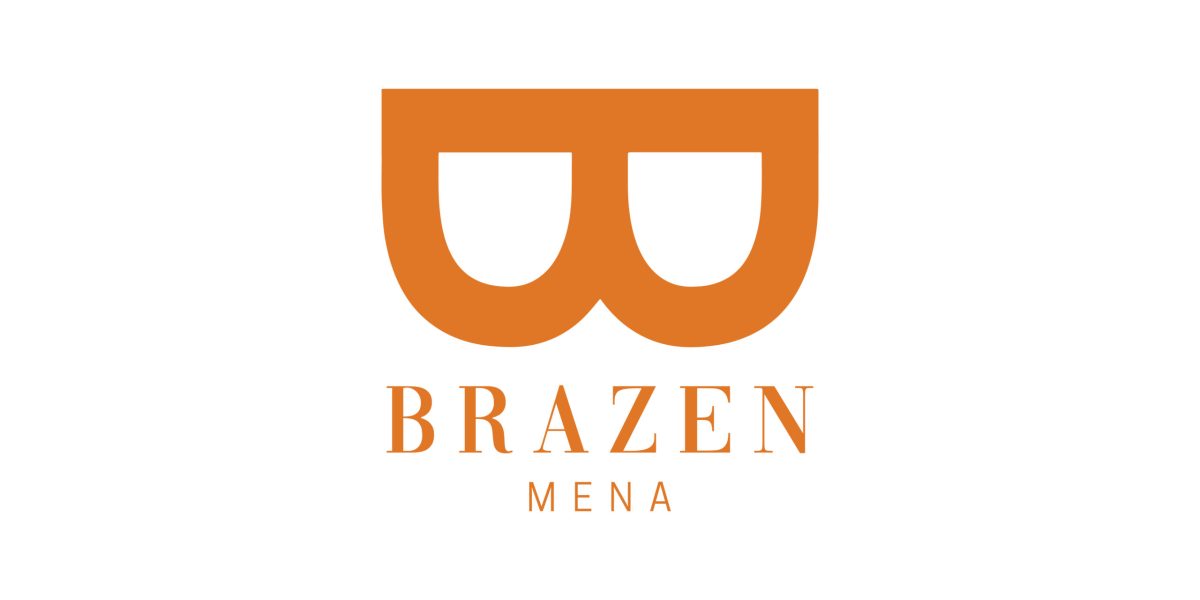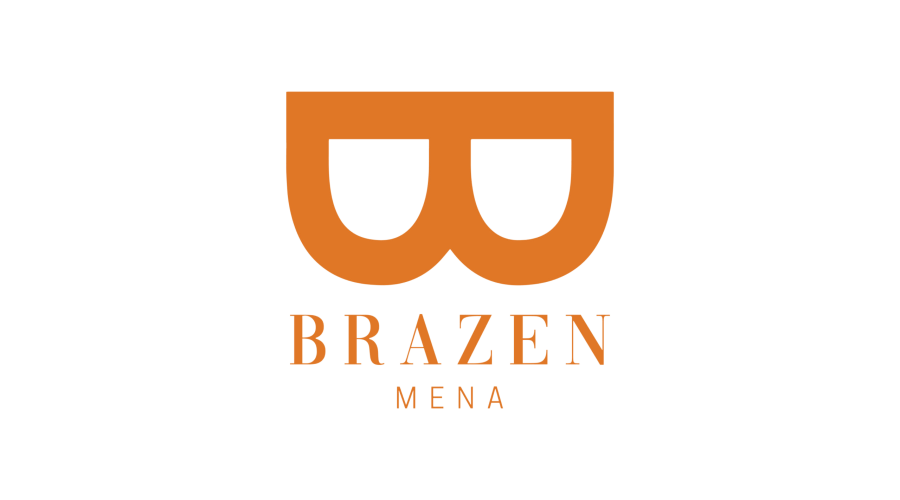We naturally encounter various advertisements every day through social media, whether we want them or not!
With the growth of social media, influencer marketing has become one of the most important strategies among brands. This is because the evaluations they share about specific products or brands have a significant impact on followers’ perceptions and purchasing decisions. 😆
However, not all influencers are connected to consumers and influence consumer decisions. Therefore, it’s important for brands to know the signals that can quickly identify fake influencers in order to maintain their reputation and gather consumers!
🤔So, who are fake influencers?
Fake influencers are simply social media users who appear to have real followers, just like genuine influencers. They typically possess characteristic followers that are attributed to fake accounts, macros (bots), engagement number manipulation, etc. They cunningly deceive brands. In influencer marketing, which is based on authenticity, it’s only a matter of time before the collaboration between brands and fake influencers leads to disappearing followers, isn’t it?

Many brands aim to invest in influencers with a high ratio of genuine followers to boost their campaign performance. However, unfortunately, not all influencers meet these criteria, and some may even resort to purchasing fake followers. 😥
If a brand ends up partnering 🤝 with fake influencers, it can not only result in financial losses to the brand marketing budget but also negatively impact the brand’s reputation and authenticity. Therefore, selecting influencers is one of the crucial factors determining the brand image.
» Learn more: The Power of Influencers!!
So, shall we delve into the methods of distinguishing influencers with fake followers to choose the most suitable ones for brands?
5 ways to identify Fake Influencers
STEP 1. Check the Surge in Follower Count!
✔️You can determine whether influencers are genuinely popular by observing the growth patterns of their followers. Typically, social media accounts don’t experience a sudden surge in followers overnight. In such cases, there’s a high likelihood of having purchased ghost accounts. Be cautious when followers are artificially inflated within a short period, making reach and engagement appear higher than actual.
Especially, beware of tactics like “follow for follow” or “like for like,” where users reciprocally follow and like each other’s content just to boost follower numbers. Since these interactions don’t add genuine value, they might lead to poor marketing outcomes.
STEP 2. Assess the Engagement of Followers!
✔️As posts garner more attention, influencers can build a larger following and community, thereby spreading their message wider. Hence, the engagement from influencer fans, such as likes, comments, shares, and saves, plays a crucial role. However, low engagement doesn’t always imply fake influencers! Some influencers with a small following might exhibit very high engagement rates, while others with many followers might lack corresponding engagement or quality, possibly due to bot activity or purchased followers. However, if followers are purchased, even though the follower count appears high, fake followers typically have abnormally low engagement rates.
💡Engagement rate can be calculated as [engagement count / follower count * 100]. If it shows less than 1%, it could indicate an account with a high number of fake followers.
STEP 3. Look for Irrelevant Comments!
✔️Pay attention to what fans are saying and asking. It’s essential to scrutinize comments on influencer posts to determine the effectiveness and authenticity of influencer marketing efforts. If comments on an influencer’s content mostly consist of emojis, one-word responses, or irrelevant comments, they’re likely generated by bots or fake followers. However, genuine influencers may also receive emoji or irrelevant comments, so it’s not a definitive sign. But if comments contain sentiments or questions related to specific elements of the post, it indicates influence on a certain subset, making it suitable for collaboration.
STEP 4. Verify Mentions of the Influencer!
✔️Genuine influencers often participate in events with other influencers or collaborate with brands, resulting in mentions and tags. Even a quick look at Instagram reveals that influencers are consistently tagged in brand-related posts or stories. Therefore, if an influencer has never been mentioned in a brand’s posts or stories, further verification of their authenticity is necessary.
STEP 5. Check for Unverified Accounts!
✔️You can identify an influencer’s account by the blue verification badge. Typically, it’s displayed alongside the verified account name, indicating their level of influence and recognition. Read the influencer’s bio and check their name on other social media platforms! Their influence will be validated by the badge. 😋
Collaborating with the right influencers can bring significant benefits to brands, but poor marketing decisions can drive away existing fans. Hence, it’s crucial to identify the right influencers to make the most of your marketing budget.
Therefore, ensure influencers’ follower growth is consistent, verify the quality of their content and engagement, and meticulously check if they possess the recognition to represent your brand. If you’re considering connecting with trend-following YouTubers regardless of budget or industry, contact us!
» Check out Influencer marketing as part of the communication strategy

